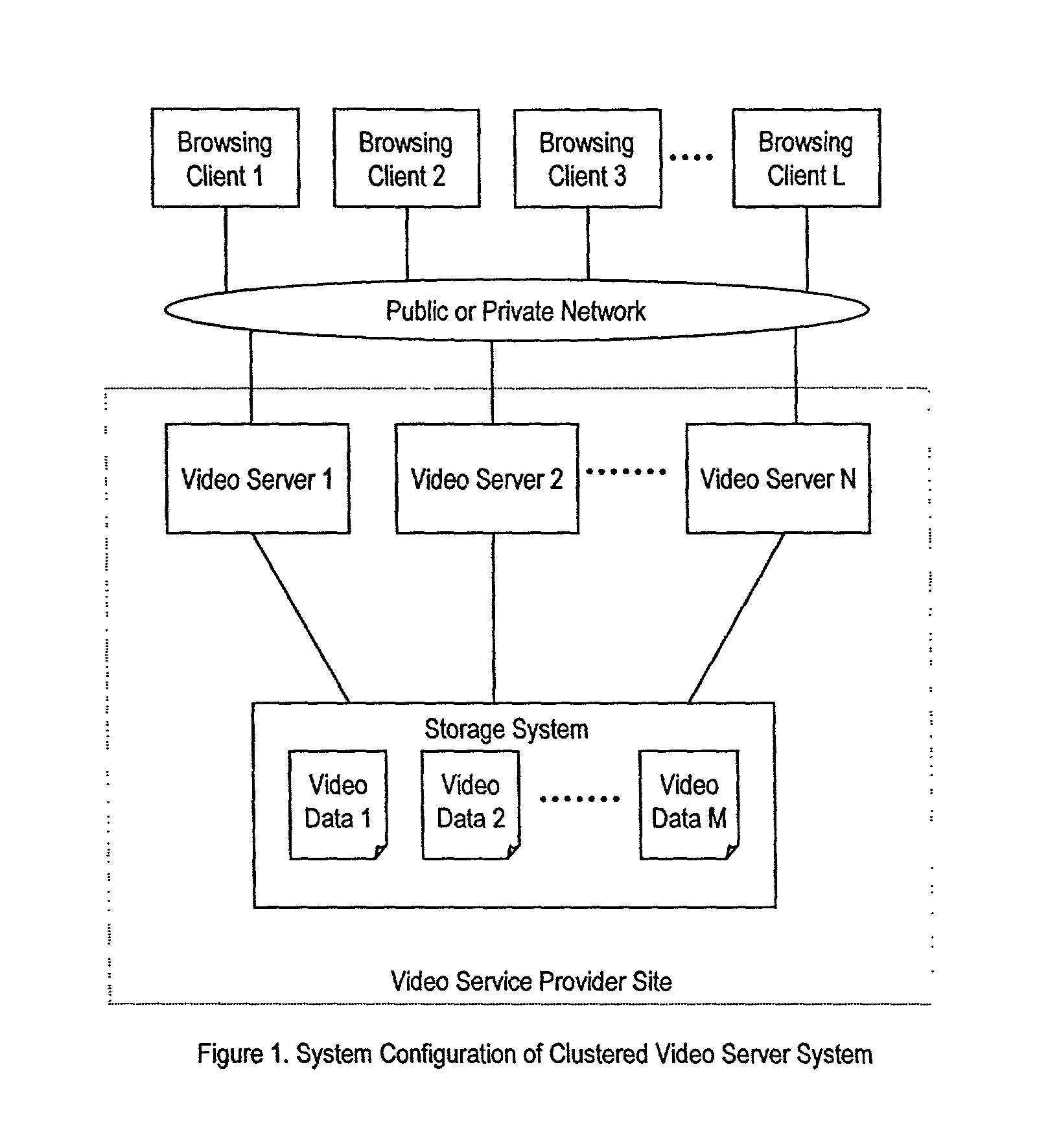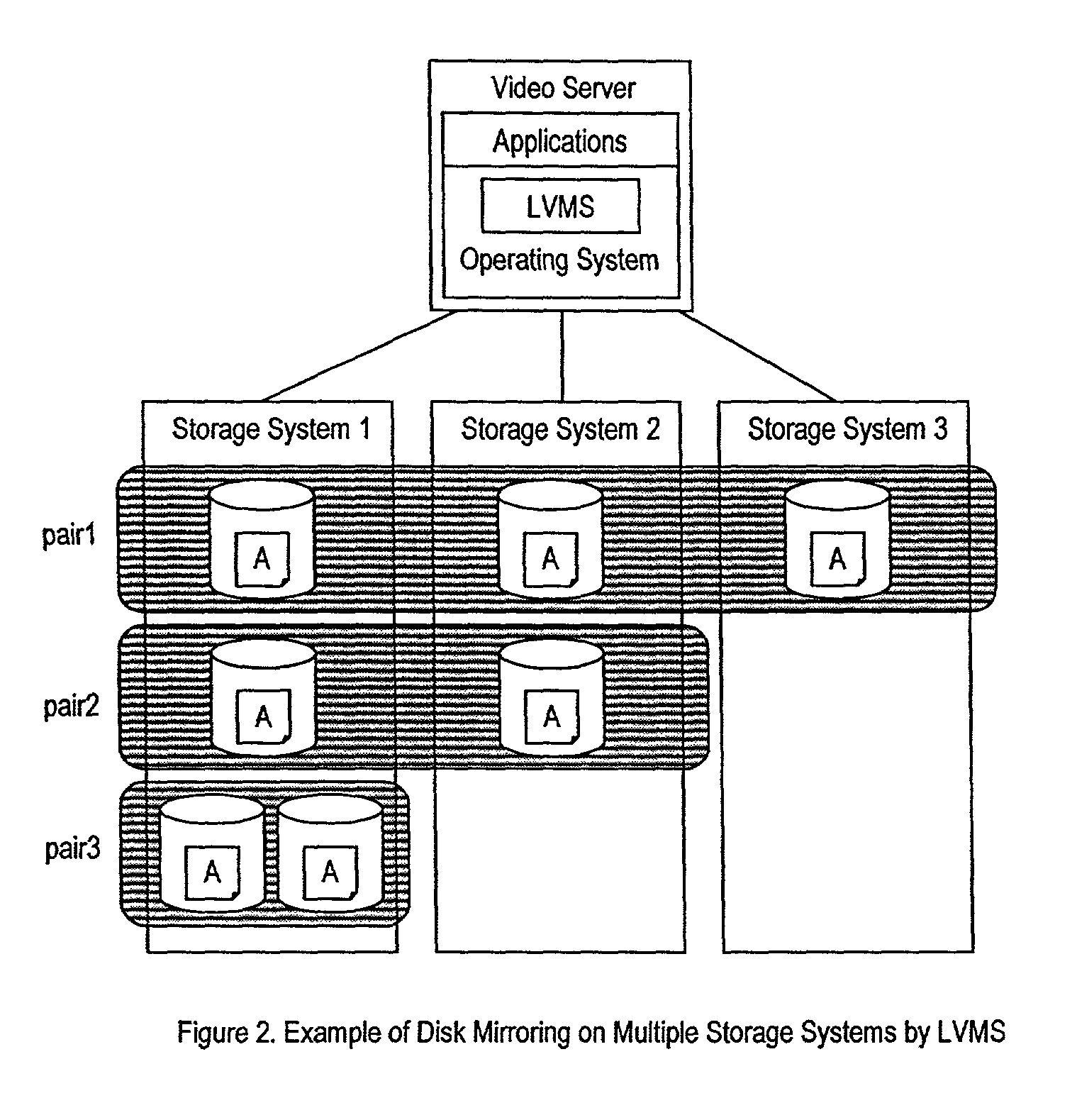File sharing system with data mirroring by storage systems
- Summary
- Abstract
- Description
- Claims
- Application Information
AI Technical Summary
Benefits of technology
Problems solved by technology
Method used
Image
Examples
Embodiment Construction
[0064]Various embodiments of the present invention will now be described. FIG. 3 and FIG. 4 are simplified schematic diagrams illustrating two exemplary embodiments of a system 10 in accordance with the present invention. FIG. 3 illustrates a first exemplary embodiment of the system 10 which includes a single storage system 12. FIG. 4 illustrates a second exemplary of the system 10 which includes multiple storage systems 14a, 14b and 14c. Referring to FIGS. 3 and 4, the system 10 further includes multiple host computers 16a, 16b and 16c.
[0065]Focusing on FIG. 3, each host computer 16 further includes one or more applications 18 and a cluster file system 20. The applications 18 may include, for example, a video server running on the host computer 16. The applications 18 may retrieve data through the cluster file system 20. The cluster file system 20 typically resides in the operating system of the host computer 16.
[0066]One of the functions of the cluster file system 20 is to coordi...
PUM
 Login to View More
Login to View More Abstract
Description
Claims
Application Information
 Login to View More
Login to View More - R&D
- Intellectual Property
- Life Sciences
- Materials
- Tech Scout
- Unparalleled Data Quality
- Higher Quality Content
- 60% Fewer Hallucinations
Browse by: Latest US Patents, China's latest patents, Technical Efficacy Thesaurus, Application Domain, Technology Topic, Popular Technical Reports.
© 2025 PatSnap. All rights reserved.Legal|Privacy policy|Modern Slavery Act Transparency Statement|Sitemap|About US| Contact US: help@patsnap.com



